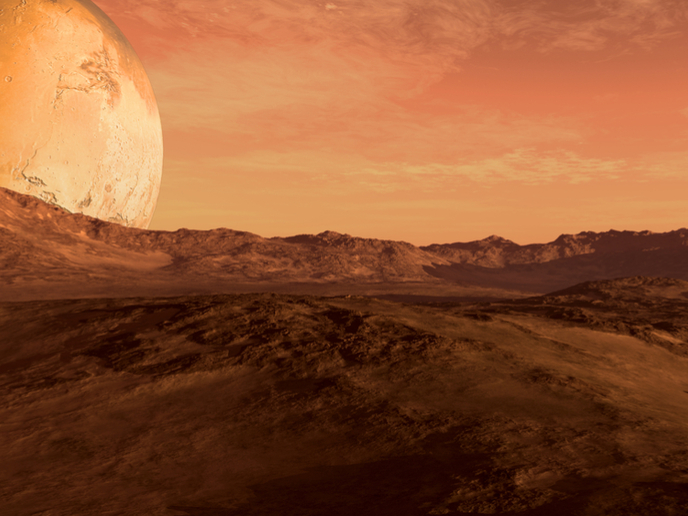Self-driving rovers explore Moroccan desert, shooting for Mars
Ever since the first successful landing on Mars in the 1970s, scientists have striven to deepen their knowledge of the red planet’s surface. The first successful rover, the Sojourner, was deployed on Mars’s surface in July 1997. Since then, there have been another three successful robotically operated rovers on the planet, collecting information on water, rocks, soils and minerals, and the presence of organic material. However, if the dream of landing a human mission on Mars is to ever come true, then rover technology will have to advance by leaps and bounds. To date, rovers have lacked the capabilities needed to advance exploration and support human presence on Mars. For one, they have no autonomy. Unable to evaluate the surrounding risks, they have to wait for commands to be sent from Earth. They can also only travel a few tens of metres in one sol (Martian solar day) and stick to pre-determined paths, potentially missing sites with valuable information. Scientists working on the EU-funded PERASPERA project took up the challenge of creating rovers that can cover greater distances in a day, make their own decisions and work with other rovers to access difficult sites. Coordinated by the European Space Agency (ESA), the project recently conducted Europe’s biggest rover field test involving 40 engineers. The trial took place on the northern edge of the Sahara Desert in Morocco, where the terrain is said to resemble that of Mars. From lab to field Three self-driving rovers – Mana, Minnie and SherpaTT – were tested over 2 weeks to see if they would work well in a Mars-like environment. The automated navigation systems developed were tested in up to five different sites. “Lab testing of the hardware we design doesn’t take account of the variability nature brings, from the light of the sky to the shape of the landscape, the texture and colours of the sand and rock. Operating outdoors in this way proves that our systems work in much more complex and elaborate settings than can ever be simulated,” explained ESA Automation and Robotics Section head Gianfranco Visentin in an article posted on ‘Phys.org’. The rovers of tomorrow One of the rovers, the SherpaTT, travelled 1.3 km entirely autonomously. In fact, after spotting some unusually shaped stones, it instructed the main planner to position itself better so that it could capture more images. The autonomous long-range navigation and decision-making capabilities demonstrated by the rover are vital to the future exploration of Mars. “There won’t be schools of analysts to scrutinise every image – intelligent rover systems will be needed to detect what is interesting and send it back to Earth,” Visentin added. The data collected by the rovers were compared with a map of the location created by a drone before the field test. PERASPERA (PERASPERA (AD ASTRA) Plan European Roadmap and Activities for SPace Exploitation of Robotics and Autonomy) ends in 2019. The project’s achievements include key technologies and robotic systems for on-orbit satellite servicing and planetary exploration. Project results will be used to support an orbital robotics space mission planned for 2023. For more information, please see: PERASPERA project website
Countries
France



